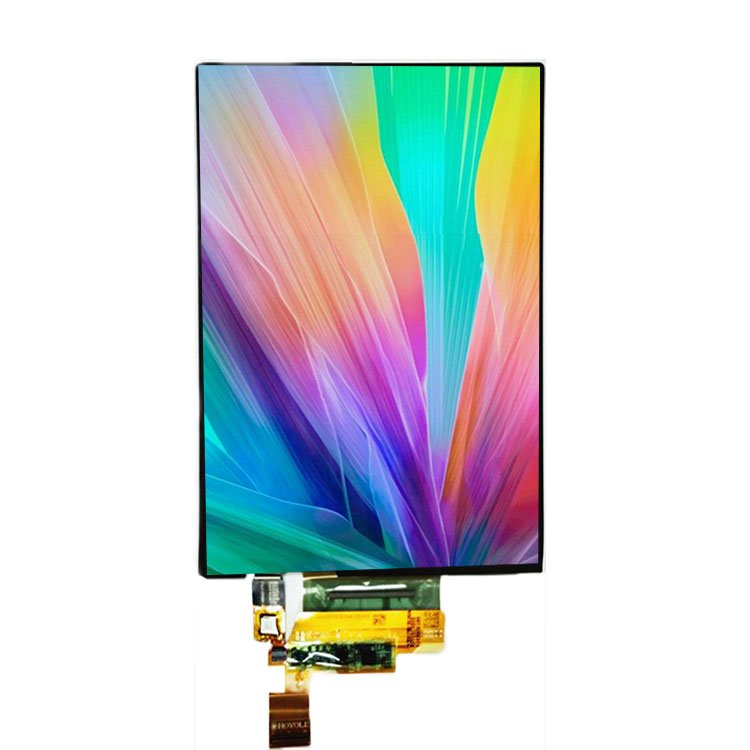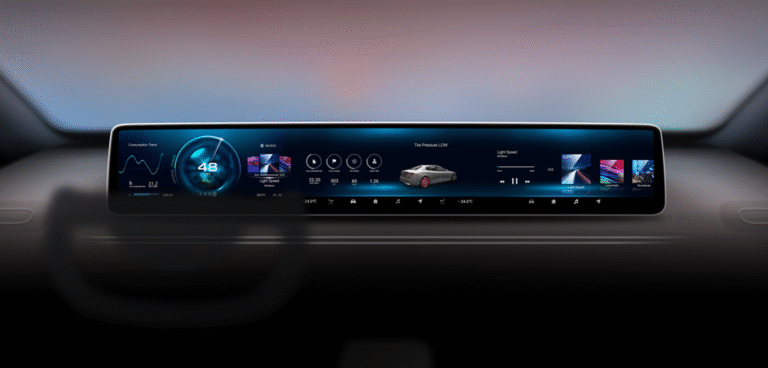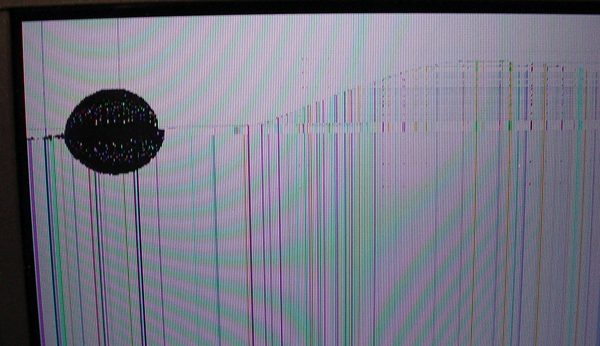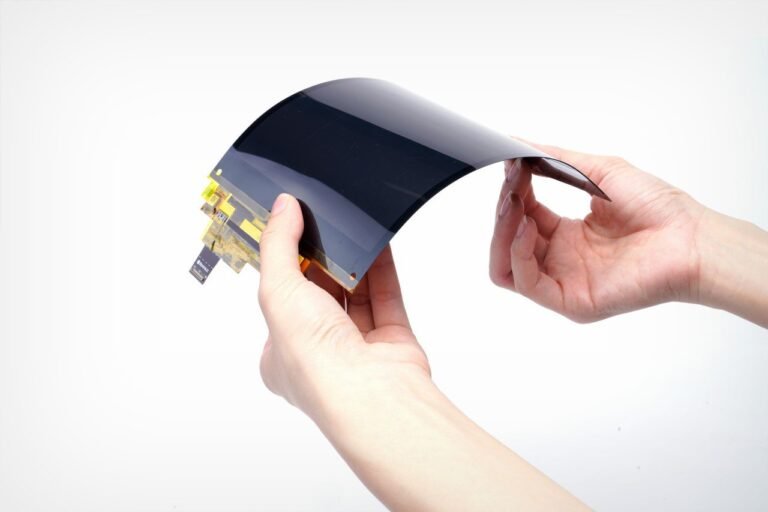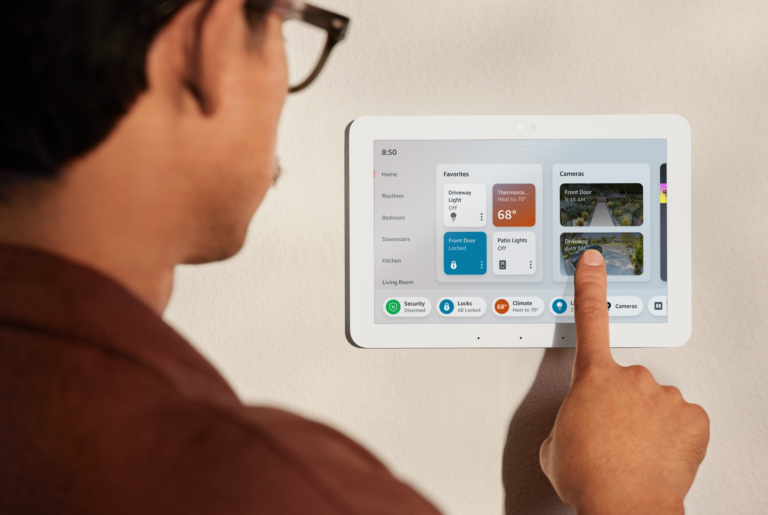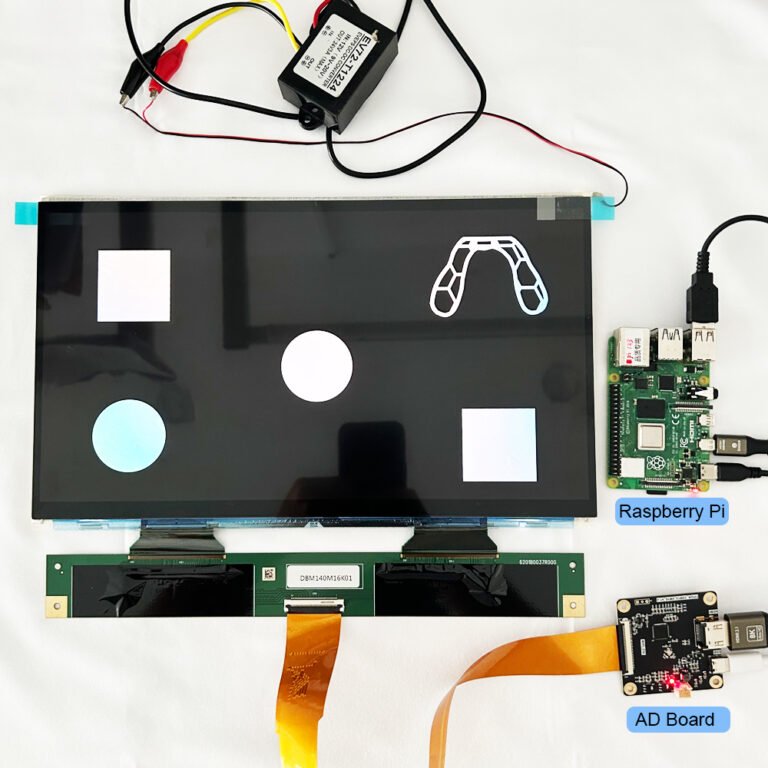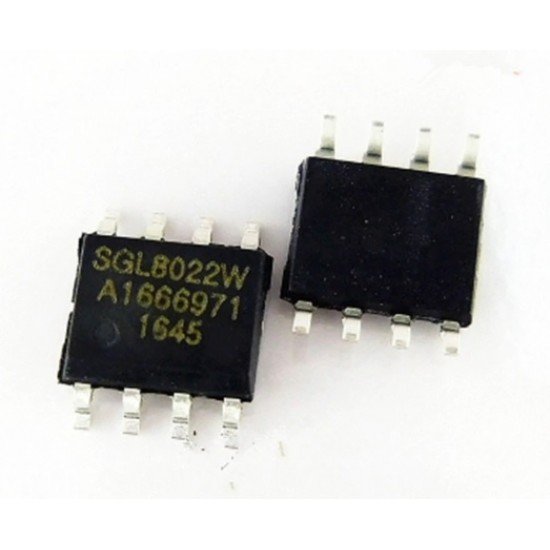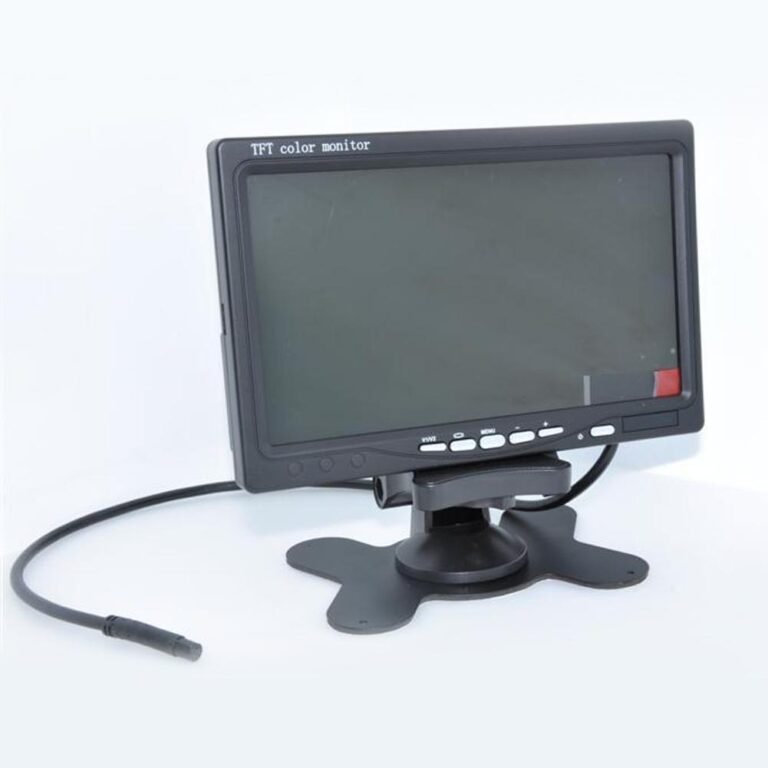Understanding the Basics: What is OLED Display?
Un OLED display is a type of flat-panel display technology that uses organic compounds to emit light when an electric current passes through them. Unlike LCDs (Liquid Crystal Displays), which rely on a backlight to illuminate pixels, OLED displays are self-emissive. This means each pixel generates its own light and can be turned on or off independently.
The result is true black levels, infinite contrast ratios, and vibrant color reproduction, making OLED one of the most visually impressive display technologies available today.
How Does OLED Display Technology Work?
OLED displays consist of multiple thin layers of organic material sandwiched between electrodes. When voltage is applied, electrons and holes combine in the emissive layer, producing light.
The structure typically includes:
- Substrate layer: Provides mechanical support (often glass or flexible plastic).
- Anode layer: Removes electrons, creating “holes” that attract electrons.
- Organic layers:
- Conductive layer (transports holes).
- Emissive layer (produces light).
- Cathode layer: Injects electrons.
Because each pixel is its own light source, OLED panels do not require bulky backlighting systems, resulting in thinner and lighter displays.
Types of OLED Displays
There are several variations of OLED technology, each optimized for different use cases:
- PMOLED (Passive Matrix OLED):
Simple design, cost-effective, but limited in resolution and size. Suitable for wearables and small displays. - AMOLED (Active Matrix OLED):
Uses thin-film transistors (TFTs) to control each pixel. This enables higher resolutions, faster refresh rates, and better efficiency. Widely used in smartphones, tablets, and TVs. - Flexible OLED:
Built on plastic substrates, enabling curved, foldable, and rollable displays. - Transparent OLED:
Allows light to pass through when not in use, opening possibilities in smart windows, automotive displays, and retail signage.
OLED vs LCD: The Core Differences
To understand why OLED is considered superior in many cases, let’s compare OLED vs LCD:
| Fonctionnalité | OLED Display | LCD Display |
|---|---|---|
| Source lumineuse | Self-emissive (each pixel lights up) | Requires backlight |
| Niveaux de noir | True black, infinite contrast | Greyish blacks due to backlight bleed |
| Angles de vue | Wide, consistent colors | Narrower, color shifts at angles |
| **Épaisseur** | Ultra-thin, flexible options | Thicker due to backlight layers |
| Efficacité énergétique | More efficient for dark content | Consumes more power overall |
| Durée de vie | Limited by organic material aging | Longer lifespan in static use cases |
Advantages of OLED Displays
- True Black and Infinite Contrast
Since pixels can be turned off completely, OLED achieves perfect blacks and stunning contrast ratios. - Superior Color Accuracy
OLED can reproduce a wide color gamut, making it ideal for HDR content. - Thinner and Lighter Designs
With no backlight required, OLED displays can be ultra-thin and even flexible. - Faster Response Times
OLEDs offer near-instant pixel response, reducing motion blur in gaming and video. - Applications Flexibles
Permet la réalisation de smartphones pliables, téléviseurs incurvés et systèmes d'affichage tête haute (HUD) automobiles.
Limitations des écrans OLED
- Effet de Brûlure d'Écran
L'affichage prolongé d'images statiques peut entraîner une image fantôme ou un « brûlure d'écran ». - Durée de Vie Réduite des Pixels Bleus
Les matériaux organiques bleus se dégradent plus rapidement, pouvant affecter la précision colorimétrique à long terme. - Coût Plus Élevé
La fabrication des panneaux OLED est plus coûteuse que celle des LCD, particulièrement pour les grands écrans. - Limitations de Luminosité
Bien que l’OLED excelle en contraste, sa luminosité maximale est parfois inférieure à celle des LCD haut de gamme (comme le Mini-LED).
Applications des Écrans OLED
La technologie OLED est largement utilisée dans les industries où les performances visuelles et la flexibilité de conception sont essentielles :
- Électronique grand public: Smartphones, tablettes, ordinateurs portables et téléviseurs.
- Dispositifs Portables: Montres connectées, bracelets fitness, casques AR/VR.
- Écrans pour l'automobile: Tableaux de bord numériques, systèmes d'infodivertissement, affichages tête haute (HUD).
- Soins de santé: Équipements d'imagerie et de surveillance médicale.
- Commerce et Publicité: Signalétique transparente OLED et écrans flexibles.
Pourquoi les Écrans OLED Sont l'Avenir
L'OLED n'est pas qu'une tendance—elle représente une transformation fondamentale de la technologie d'affichage. Grâce aux améliorations continues en efficacité manufacturière, durabilité des matériaux et conception flexible, l'OLED devrait dominer le marché des écrans haut de gamme dans la prochaine décennie.
Les domaines émergents tels que les téléviseurs enroulables, smartphones pliables et lunettes de réalité augmentée ne sont rendus possibles que par la flexibilité et la nature auto-émissive de l'OLED.
Faut-il Choisir un Écran OLED ?
La réponse dépend de vos besoins :
- Si vous privilégiez la qualité d'image, la précision des couleurs et un design premium, l'OLED est le meilleur choix.
- Si vous recherchez une solution économique avec une longue durée de vie, le LCD conserve des avantages.
Pour la plupart des applications grand public modernes, l'OLED offre l'équilibre idéal entre esthétique et performance.
Conclusion
Ainsi, qu'est-ce qu'un écran OLED? Fondamentalement, il s'agit d'une technologie d'affichage auto-émissive à base de matériaux organiques qui offre un contraste supérieur, des couleurs vives et des facteurs de forme innovants. Malgré des défis comme le coût et la brûlure d'écran, l'OLED continue de façonner l'avenir des écrans across industries—des smartphones aux villes intelligentes.
Face à la demande croissante d'expériences immersives et de designs élégants, l'OLED s'impose comme une technologie clé qui redéfiniera notre interaction avec le contenu numérique.


